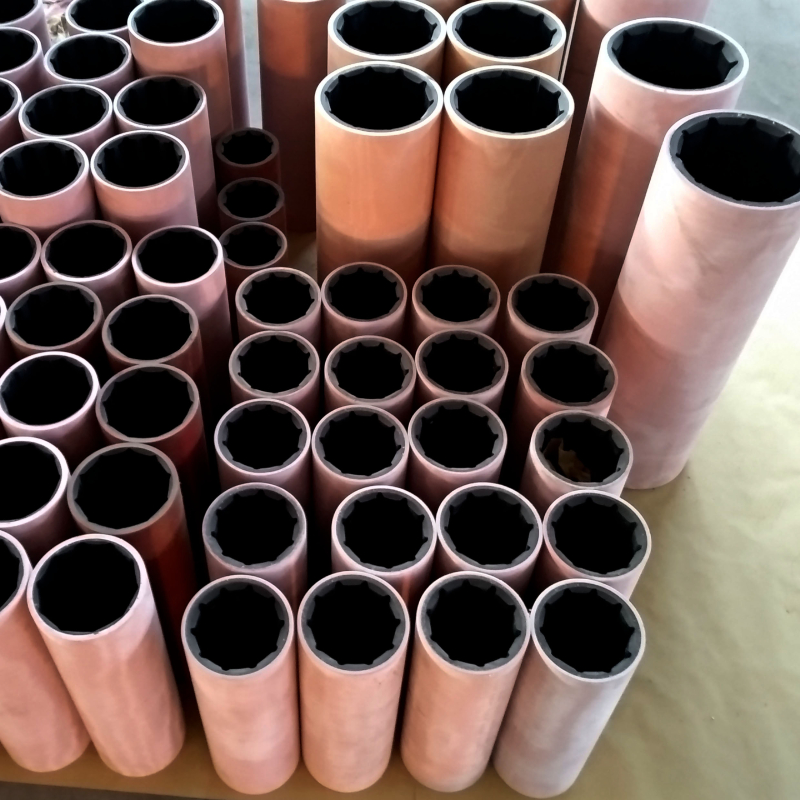High-Performance 25x42x7 Oil Seal for Reliable Machinery Oil Protection and Sealing Solutions
Understanding Oil Seals A Focus on the 25x42x7 Specification
Oil seals, also known as grease seals or shaft seals, are critical components in various machinery and automotive applications. Their primary purpose is to prevent the leakage of lubricants while also keeping out dirt, dust, and moisture. One common specification that engineers and mechanics often encounter is the 25x42x7 oil seal, indicating its dimensions in millimeters 25 mm inner diameter, 42 mm outer diameter, and a width of 7 mm.
The Importance of Oil Seals
Oil seals play a vital role in the performance and longevity of machinery. They ensure that lubricants remain within a system, which is particularly important for bearing assemblies, gearboxes, and engines. Effective sealing prevents the loss of oil, which can lead to increased friction, overheating, and ultimately, mechanical failure. In addition, oil seals shield internal components from external contaminants, which can cause wear and damage over time.
Dimensions Explained
The dimensions of an oil seal are critical for its fit and function. The inner diameter (ID) of 25 mm fits snugly around a shaft, securely sealing the lubricant inside. The outer diameter (OD) of 42 mm provides a stable fit within the housing or bore into which the seal is installed. The width of 7 mm allows for sufficient material that can withstand the pressure and friction present in rotating systems. Properly sized seals ensure maximum effectiveness and minimize the risk of leakage.
Materials and Design
oil seal 25x42x7

Oil seals are typically made from elastomeric materials such as Nitrile Rubber (Buna-N), Viton, or Silicone, which provide excellent resistance to various lubricants and environmental conditions. The material choice often depends on the specific application, as some fluids or temperatures may require more robust materials. The design of an oil seal usually features a lip that bears against the shaft, forming a tight seal despite the rotational movement.
Applications
The 25x42x7 oil seal finds use in numerous applications across different industries. In automotive contexts, it is often used in gearboxes, differential housings, and engine crankshaft seals. In industrial settings, these seals can be found in pumps, motors, and numerous types of machinery where fluid retention and contamination prevention are critical.
Installation Considerations
Proper installation of oil seals is crucial to their performance. If not installed correctly, they can be prone to leakage or premature wear. It’s essential to ensure the sealing surface on the shaft is smooth and free of any debris or damage. Using a sealant during installation can also help prevent leaks. Additionally, the seal should be driven in evenly to avoid distortion, which can lead to failure.
Conclusion
In summary, the 25x42x7 oil seal is a small yet mighty component that plays a significant role in the integrity of machinery and vehicles. Its simple design belies the technical requirements needed for effective sealing. By understanding the importance of proper materials, dimensions, and installation techniques, engineers and mechanics can ensure that the equipment they work on runs smoothly and efficiently, extending the life of components while minimizing maintenance costs. Investing in quality oil seals is a key step in upholding the reliability and performance of any mechanical system.
-
Understanding Polaris Front Differentials: Key Components for Off-Road Performance
News Jun.20,2025
-
Understanding Crankshaft Seals and Gaskets: Essential Components for Engine Longevity
News Jun.20,2025
-
Understanding Crankshaft Oil Seals: Vital Protection for Engine Performance
News Jun.20,2025
-
The Vital Role of Front and Rear Crankshaft Seals in Engine Protection
News Jun.20,2025
-
Rear Crankshaft Seals: Protecting Your Engine from the Back End
News Jun.20,2025
-
Crank Oil Seals: What They Do, How They Fail, and What They Cost
News Jun.20,2025
-
Understanding Oil Crush Washers: A Small Component with a Big Role in Vehicle Maintenance
News Jun.19,2025
Products categories















